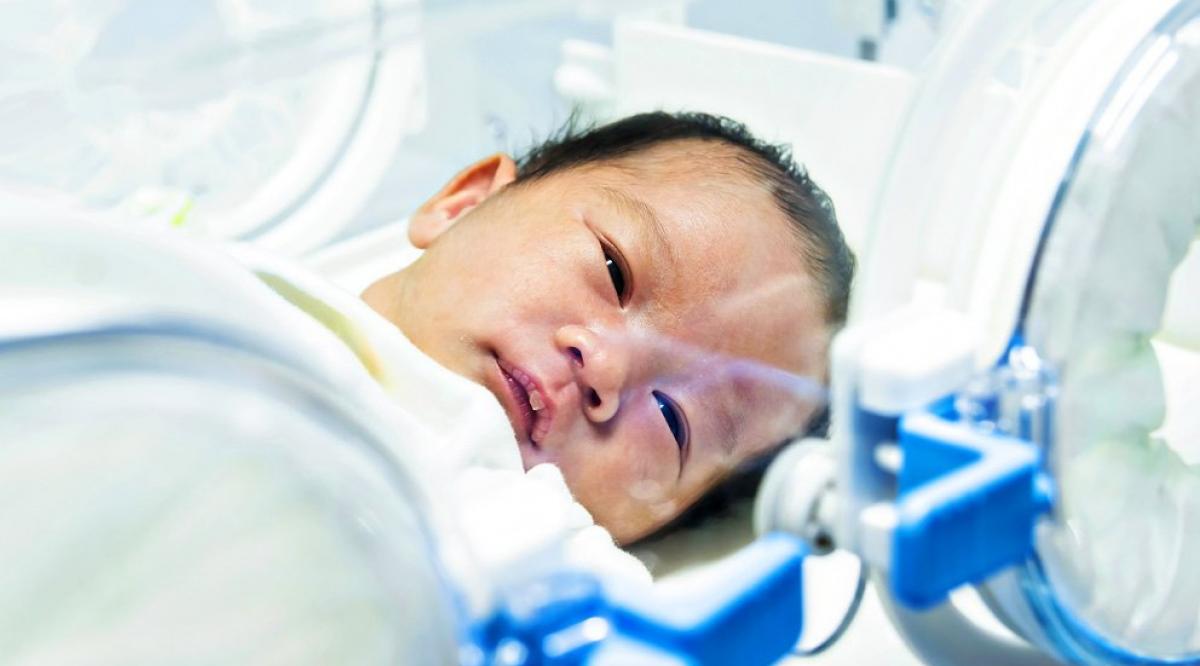Medical schools and teaching hospitals across the United States have been at the forefront of innovative diagnostic procedures and groundbreaking therapies for patients of all ages, but the last decade in particular has shown remarkable advances in the diagnosis and treatment of infant congenital heart defects (CHDs). CHDs affect approximately 40,000 infants each year, with an estimated 25% critical enough to require surgical or other interventions soon after birth.
Today, families that once faced losing their babies instead increasingly have options for the life-saving and quality-of-life improving interventions found in teaching hospitals.
Remarkable advances have taken place in the safety and effectiveness of diagnostic and therapeutic approaches to CHDs.
Teaching hospitals lead in early diagnosis and intervention
States that have mandates for early screening for CHDs, coupled with advanced interventions, have experienced a 33.4% decrease in death rates, compared to states without such policies.
Leaders from teaching hospitals across the country have promoted universal screening for CHDs, leading to all 50 states and the District of Columbia adopting screening standards by 2018. In addition, leaders in academic medicine, collaborating in a collective workgroup, are continuing the effort to ensure that more effective screenings are available through research and training of health care providers.
Specialized health care providers using innovative technology can vastly improve the outcomes for babies when the diagnosis comes shortly after delivery. In some cases, prenatal diagnoses may result in life-saving interventions before a baby leaves the womb.
That technology is found in facilities with the highest level neonatal and cardiac intensive care units and are equipped with life-sustaining interventions such as extra corporeal membrane oxygenation (ECMO), an advanced external heart/lung life support technique, and pediatric ventricular assist devices (VADs), which are mechanical devices designed to assist the heart in pumping and are often used as a bridge to transplant or as a bridge to recovery.
These facilities — found almost exclusively at teaching hospitals — provide 24/7 access to the most advanced services including anesthesiology, imaging, diagnostic and interventional cardiology, and cardiac surgery.
Advanced prenatal imaging
Innovations in the treatment of critical pediatric CHDs encompass a range of interventions that start during gestation. One of those interventions is advanced prenatal imaging.
Researchers from Yale Medical School were part of the first group to demonstrate fetal cardiac imaging and support universal screening for CHDs. Today, academic medicine is helping advance the accuracy of fetal imaging techniques while working to lower radiation exposure. As a result, using state-the-art techniques, prenatal (before birth) and postnatal (after delivery) diagnoses agree more than 90% of the time, and some CHDs may be screened at as early as 12 weeks of gestation.
In a 2014 scientific statement, the American Heart Association noted, “The diagnosis of cardiac disease in the fetus is mostly made with ultrasound; however, new technologies, including 3- and 4-dimensional echocardiography, magnetic resonance imaging, and fetal electrocardiography and magnetocardiography, are available. Medical and interventional treatments for select diseases and strategies for delivery room care enable stabilization of high-risk fetuses and contribute to improved outcomes.”
But even as imaging is increasingly the standard in prenatal care, some patients don’t have access to those services.
Telemedicine: Reaching the underserved
Health providers have found that reaching babies as early as possible with technology such as prenatal imaging tools leads the best health outcomes. Telemedicine has helped with that effort.
Telemedicine allows academic medical center services to reach babies and children in rural and underserved areas. Rural and outlying communities with smaller, remote, and geographically dispersed populations often lack immediate access to these specialty physicians and services.
Aided by telemedicine technology, however, many of America’s teaching hospitals are reaching out to local maternal-child health providers and even directly to patients to increase access to quality care while minimizing the cost and inconvenience of traveling to a major health center.
Teaching hospitals such as Children’s Hospital of Pennsylvania (CHOP), Nationwide Children's Hospital (OH), Oregon Health & Science University Hospital (OR), Johns Hopkins Hospital (MD), University of Kansas Medical Center (KS), Children’s Hospital Colorado (CO), and Mott Children’s Hospital (MI) are but a few of the academic institutions offering fetal and pediatric telemedicine services to remote providers and their patients.
For example, tele-echocardiography allows a fetus or a newborn’s heart to be imaged in their local community and evaluated by specialists at a major teaching hospital.
Once a definitive diagnosis is made, then intervention, which sometimes can mean a noninvasive procedure or surgery, can begin.
